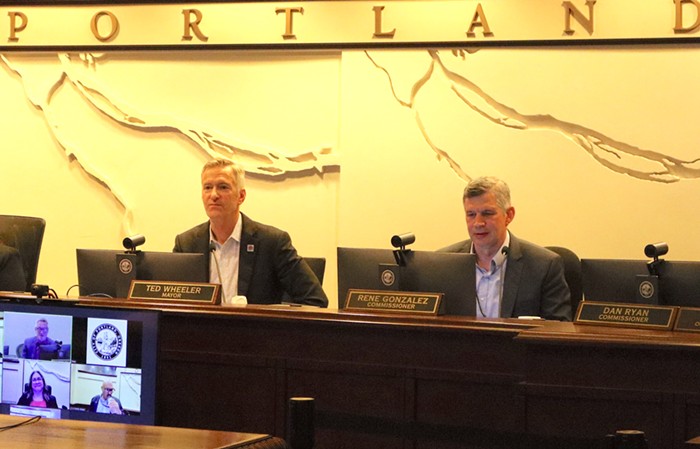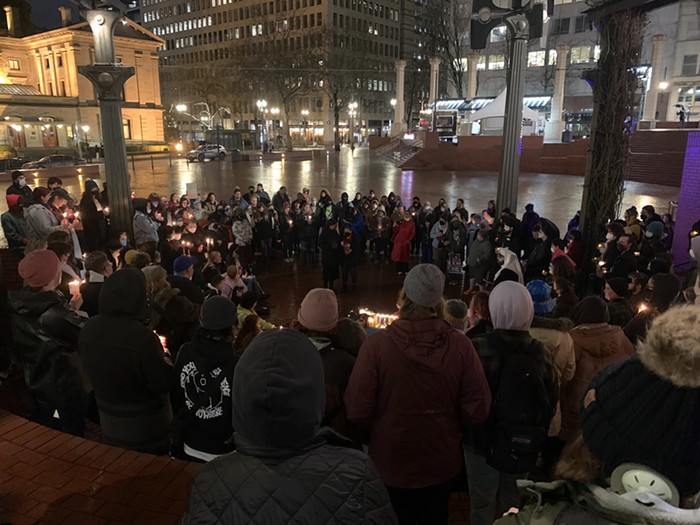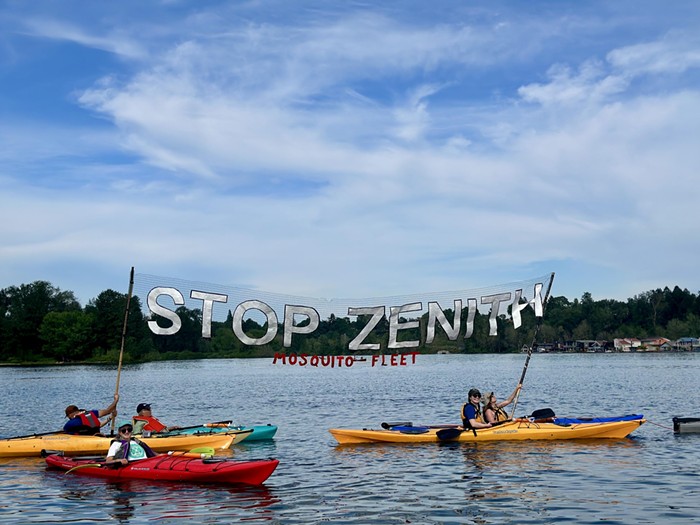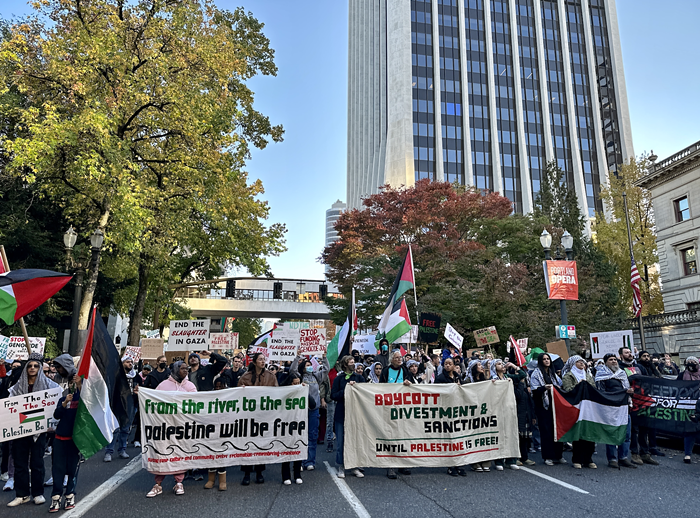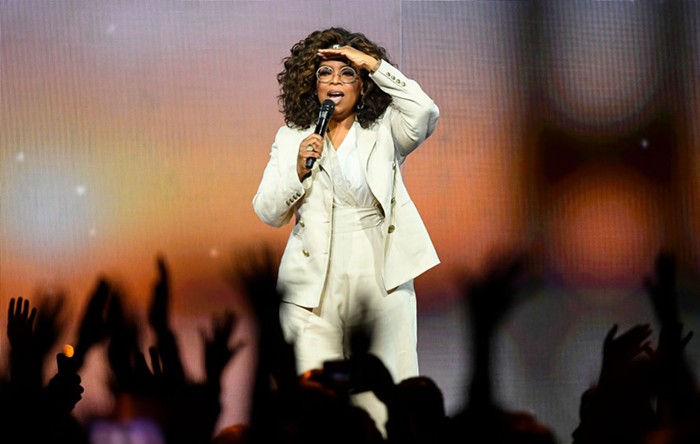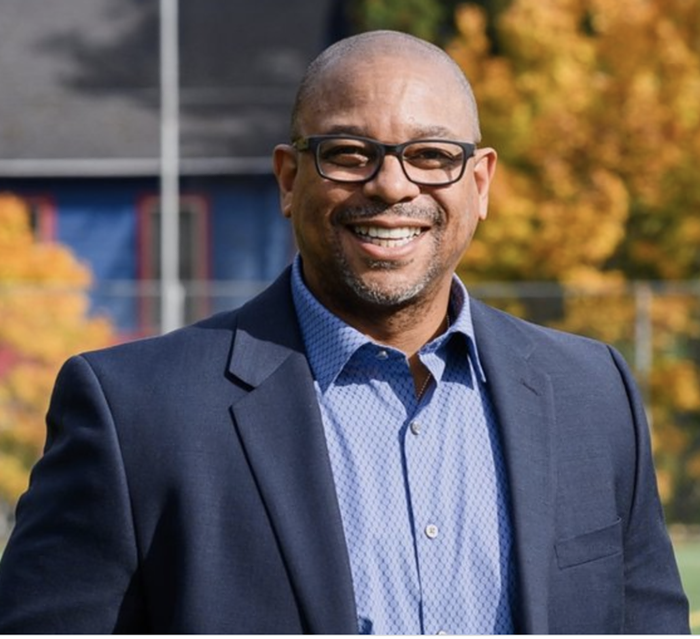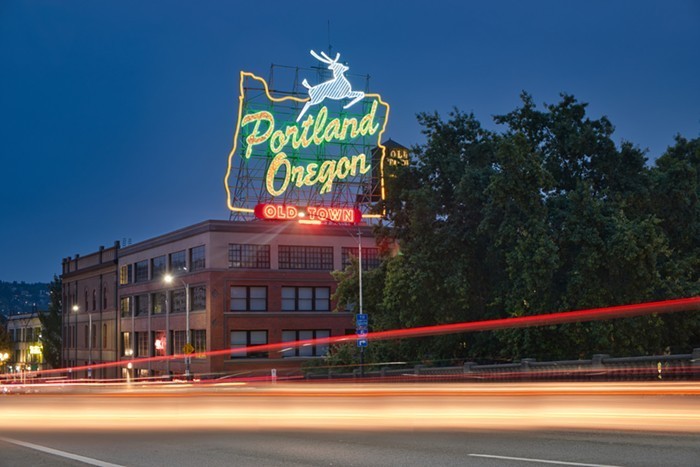
- BT Livermore
After the CRC had poured $40 million of public funds into paying consultants who came up with the plan for replacing the current six lane I-5 bridge across the river with a new $4.2 billion, 12-lane bridge, the city of Portland commissioned a $100,000 study that changed the course of the plans.
The brief study from URS consultants showed that a 10 lane bridge would work just as well as a 12-laner but save $50 million. The study also showed that building an eight-lane bridge would be far cheaper, but to improve the traffic situation, 37 percent of commuters would have to use public transit (versus three percent these days).
So here's big issue facing the critics of the project: Should they be content with a "less bad" option? Activist group Stop the CRC protested this morning's meeting with signs and banners, calling for Mayor Adams to reject the plan and try to get the bridge back the drawing board altogether. The coalition of environmental groups that form the strongest voice of opposition to the bridge penned an editorial that they hoped would run in the Oregonian this morning (it didn't) that spells out all the problems with this project, but stops short of saying Adams is making a mistake to move forward. Instead, it says the CRC staff should "conduct a detailed study of all the alternative recommendations."
"We clearly shouldn't all just be singing kumbaya around a 10-lane bridge," says Bicycle Transportation advocate Gerik Kransky.
"The key here is to build support for more study and actually look at alternatives," adds Environment Oregon advocate Brock Howell. "At some point, someone's going to sue this project, so let's get it right the first time or we'll be stuck in this thing for 10 years."
Read the environmentalists' full letter below the cut!
For once, Mayor Adams is getting along with the Project Sponsors Council this morning—everyone on the bigwig transportation committee seems to see Portland's study as a sign-off on okaying a 10-lane bridge. No one has so far noted that it would have saved a couple million dollars if the CRC staff had studied this idea years ago, like Mayor Adams and Metro President David Bragdon asked, rather than forcing Portland to go off and do the project's homework on its own dime, but, hey, no biggie.
Also, the head of the CRC independent review committee, Tom Warne, is phoning into the meeting right now. He couldn't make it to the meeting because he was conducting a funeral—death of freeways joke, anyone?
UPDATE 12:05 PM The biggest issue that Warne hits home is that the design of the current bridge is experimental—no one in the world has built a bridge like it, which means the additional testing and engineering required to make sure it's safe could cost $600,000 and take three years.
"That doesn't mean it shouldn't be built, we're just saying it's unique," says Warne. "The bottom line there is there's more work that needs to be done in order to advance the design."
With the news that the current design needs up to three years of extra engineering to even see if it works, environmentalists could have an inroad to push for serious study of alternate designs. /END UPDATE
Anyway, the letter from the green groups is a concise summation of all the main problems with the current bridge. Check it out:
Last week, the independent Columbia River Crossing review panel, appointed by Governor Kulongoski, published a critique of the CRC project. The review calls into question several major elements of the current proposal, including the design, financial plan, and environmental impact of the project. Their findings echo the concerns of project opponents who worry that the project is overly expensive and is completely out of line with Oregon's vision for reducing greenhouse gas emissions.The study rightly emphasizes the project's "speculative" financial plan. With a total estimated cost of nearly $4 billion, a megaproject like the CRC is unlikely to receive full state and federal funding. If it did, it would lock up the state, federal and other transportation funding sources for the next decade or more and leave the rest of Oregon's transportation priorities with even fewer resources. Meanwhile, Oregon has cut $150 million from its education budget in 2009 and had another $259 million budget cut this year.
Now, even as Oregon must cut jobs to fill budget gaps, proponents of the current CRC are being forced to reexamine their proposed megaproject. The independent panel has made it clear that even the current proposal won't be able to move forward without redoing much of the analysis that was done early in the project. We also know that the current proposal would create congestion in the Rose Quarter and I-205, increase global warming pollution from cars and trucks, worsen air quality and decrease bicycle and pedestrian safety. These issues will ultimately cost us billions more to fix, and that money is not yet part of any proposed plan or budget.
The City of Portland commissioned URS, a construction and engineering firm, to analyze the CRC data, designs and strategies. The URS report shows that we can manage traffic, move freight and reduce automobile trips while protecting our economy and the environment. Instead of borrowing billions of dollars we don't have for an impractical project that won't meet our area's needs, we should be focused on designing the kind of project that the whole community can support.
This decision will be with us for a century or more. Rather than build the wrong project at great expense, we can develop a financially responsible solution that: (1) includes only as many lanes as we need and no more, (2) uses aggressive policy strategies to manage congestion and thereby save billions in construction dollars, (3) includes good options for public transit, walking and biking, (4) positively impacts the health of residents, and (5) is in line with the global warming reduction plans approved by Washington, Oregon and many local jurisdictions.
In order to achieve these principles, we urge the Project Sponsors Council to conduct a detailed study of all the alternative recommendations in the Portland/URS report.
Jill Fuglister, Co-Director, Coalition for a Livable Future
Mel Rader, Co-Director, Upstream Public Health
Jon Isaacs, Executive Director, Oregon League of Conservation Voters
Rob Sadowsky, Executive Director, Bicycle Transportation Alliance
Brock Howell, State Policy Advocate, Environment Oregon
